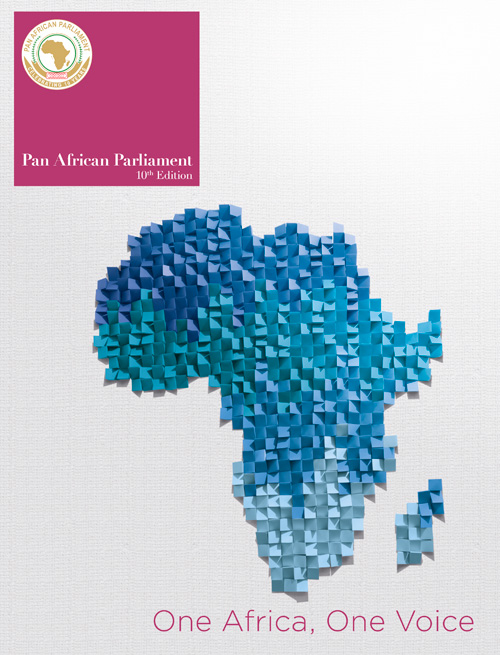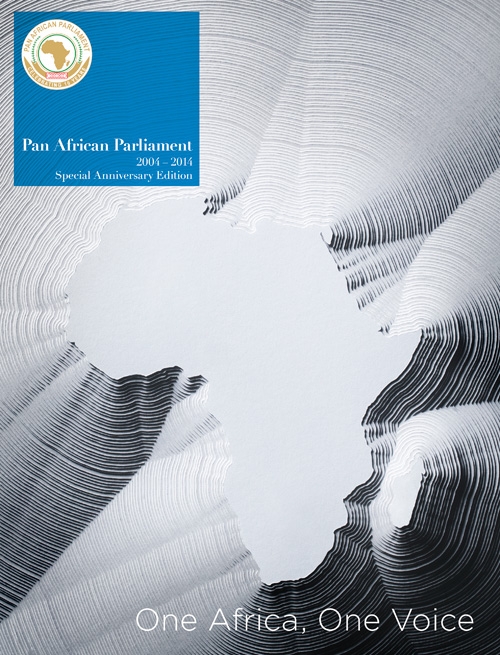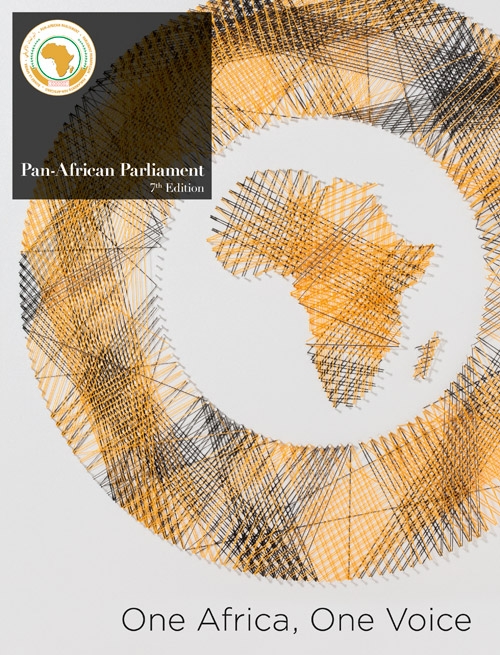
Africa has among the highest levels of economic growth, yet some of the lowest levels of intra-continental trade. While the US dollar value of trade between Africa’s countries has steadily risen over the last decade and continent-wide exports to Asia soared, it has remained constant as a proportion of total trade. Like so many other economic statistics South Africa and Nigeria dominate exports to other African states. The leading importers are South Africa (again) and landlocked Zambia.
The IMF has projected that the growth rate will once again be more than 5% in sub-Saharan Africa in 2013, offering sustained potential to turn around the trade ship. The time is ripe to use the fruits of this expansion to fund a long-term structural change in the trade pattern – one that endures long after China’s hunger for Africa’s natural resources abates. The faster goods, services and therefore money can move around the continent, the greater the benefit for the livelihoods of its people.
With Europe, historically Africa’s leading trade partner, struggling to keep its head above water, there’s a pressing need that the continent diversify its international customer bases – not only abroad but at home. Increasing economic self-reliance for Africa will also allow it to cut its own path in global affairs – not beholden to power struggles between East and West.
For Africa’s high number of landlocked countries, with limited options for cost-effective sea trade in all but the scarcest commodities, the need is all the more urgent.
Some obstacles to regional economic integration, such as nationalism in the form of protecting uncompetitive industries and corruption by cross-border officials, may be deep-seated. But there is also ‘low-hanging fruit’ (or easier obstacles to deal with) that can increase intra-African trade over the short and medium term. It is exactly because there is so little trade that even small positive steps can accelerate it.
In March landlocked Ethiopia signed a deal to build a road linking the country to Kenya, Sudan and South Sudan, according to allafrica.com. The US$130 million road – which includes branch roads – will decrease Ethiopia’s dependence on Djibouti’s port for exports and imports and also facilitate trade between the African countries.
After Ethiopia and Eritrea fought a border war at the turn on the century, the landlocked country has been 98% dependent on Port Djibouti for international sea trade.
Historically conflict has been one of the main reasons that intra-regional trade on the continent has remained stuck at about 10% of total trade for a decade. In Asia it is as high as 17%, according to a paper by the Washington-based research group, Brookings Africa Growth Initiative and the IMF. Despite improvements in security across the continent, the Ethiopia-Eritrea example shows that conflict remains a challenge, even long after violence has ended.
There is so little trade that even small positive steps can accelerate it
While the Ethiopia-Kenya road will be built by Chinese and Indian groups, it will be financed internally by the African Development Bank, indicating that funds are available to build transport networks when stringent feasibility criteria are met.
Record-low international interest rates (and Western monetary authorities pumping cheap money into the system) to boost the recovery after the global financial crisis mean borrowing has never been cheaper. This is both from the public multilateral development agencies (such as the World Bank) and the private sector.
The US Federal Reserve is buying US$85 billion of bonds a month, totalling US$2 trillion to date. The borrower’s market won’t last forever. However, exactly when the tide will turn is much debated.
With Western investors reluctant to commit more funds to relatively safe but low-yielding (or low interest rate) US government bonds and still somewhat hesitant to invest in the recovery through companies listed on stock markets, surplus funds (or uninvested funds on the sidelines) are at record levels. Pension fund managers are looking for higher returns but, as always, need assurance that project risks are minimised.
The Public Investment Corporation (PIC), South Africa’s biggest pension fund investor with more than US$114 billion under management, has recently committed to investing at least 5% of funds in developmental infrastructure, primarily in the country but also in the rest of Africa. Elias Masilela, PIC’s CEO, told the Financial Times the fund manager has up to US$5.5 billion to deploy in the rest of Africa. This follows a change to its mandate that now allows it to invest up to 10% assets in other African states. Already the PIC, which has a secondary mandate to contribute to development, is the biggest investor in South Africa’s road network. This is an investment approach that PIC will look to replicate across the continent, without compromising pension funds, it believes.
In Nigeria pension fund reforms ease the restrictions on the traditional types of investments allowed, such as government bonds. It now also allows for limited investment in dedicated infrastructure projects, which creates a new source of capital. This is according to Randolph Oosthuizen, head of research at African Alliance Securities.
‘So far Nigerian PFA’s (pension fund administrators) have not been influential in the local stock market, but as pension fund assets grow, institutional capacity matures and capital market reforms take hold they should become a major force in Nigeria’s capital market landscape,’ Oosthuizen says. Presumably the potential for dedicated infrastructure bonds will also grow. Pension fund reform in fast-growing Ghana could also unlock funds, according to Oosthuizen.
Further afield, the EU – the world’s greatest intra-country trade facilitator – provides training to African regional economic integration planners about what works and what doesn’t. While this may be a long-term project, it offers a case study without learning through experience, a potentially costly exercise for Africa.
The European Common Market, the precursor to the EU, boosted intra-European trade and has very few critics, even among those opposed to the euro as well as greater political integration. There can be industrial sector winners and losers as individual countries struggle to find what goods and services they excel at when the playing field is levelled. The EU compensated for this by providing aid packages to struggling Europe to build trade boosting transport trade links with Northern Europe
According to the same Brookings Africa Growth Initiative 2012 paper, commissioned by the AU, trade between EU members is more than 60% of the continent’s total trade. In Europe, implementing a common currency with uniform interest rates when there was no centralised control over public spending didn’t work. While monetary union is still a pipe dream, with the possible exception of East Africa, this remains a lesson for Africa. There are still basic trade integration boosters to be implemented.
Some of the most pervasive non-tariff inhibitors are corruption and red tape, factors frequently found at border posts. While the number of forms completed can be reduced and simplified, the reality remains that while the border posts exists, so will opportunities for expensive (and time-consuming) corruption. Authorities might find it easier to radically cut the number of traffic safety checks, including weighbridges along major roads linking countries.
They will have to cut tariff and non-tariff trade barriers
Brookings says there are nine truck scales between Mombasa in Kenya and Kampala in Uganda, excluding numerous other often arbitrary police roadblocks. This might require a measure as drastic as country presidents intervening to give economic ministries some oversight over police procedure on highways. Unnecessary checks are already a violation of the East African Community (EAC) Customs Union Protocol but ‘political intervention’ is required to stop ‘mere civil servants’ implementing checks, according to Brookings.
‘For example, the Ministry of Trade and EAC Affairs in Uganda should be given a degree of political authority over the police in dealing with such barriers,’ Brookings recommends. Further north the already referred to Ethiopia-Kenya road is pencilled in to be completed in only three years. Commissioning it quickly will make it a positive example to other infrastructure planners.
But what will these two countries, which both have strong agriculture industries, trade? How will they avoid overlapping on the production of food and beverages? Ethiopia will need to sell its best products to Kenya (and the cheapest) and visa versa to build the economies of scale to export beyond their region and abroad.
There is no doubt that Kenyan-manufactured groceries and toiletries will find a more efficient way into Ethiopia. Significant informal trade may be boosted further and Kenya’s well-developed tourism market might provide more visitors to Ethiopia’s emerging heritage tourism market.
However, they will have to cut tariff and non-tariff trade barriers and risk losing established industries while they gain others in order to make the road truly worthwhile. Ultimately regional integration over the long-term has to result in some pain before there are overall benefits for Africans.







